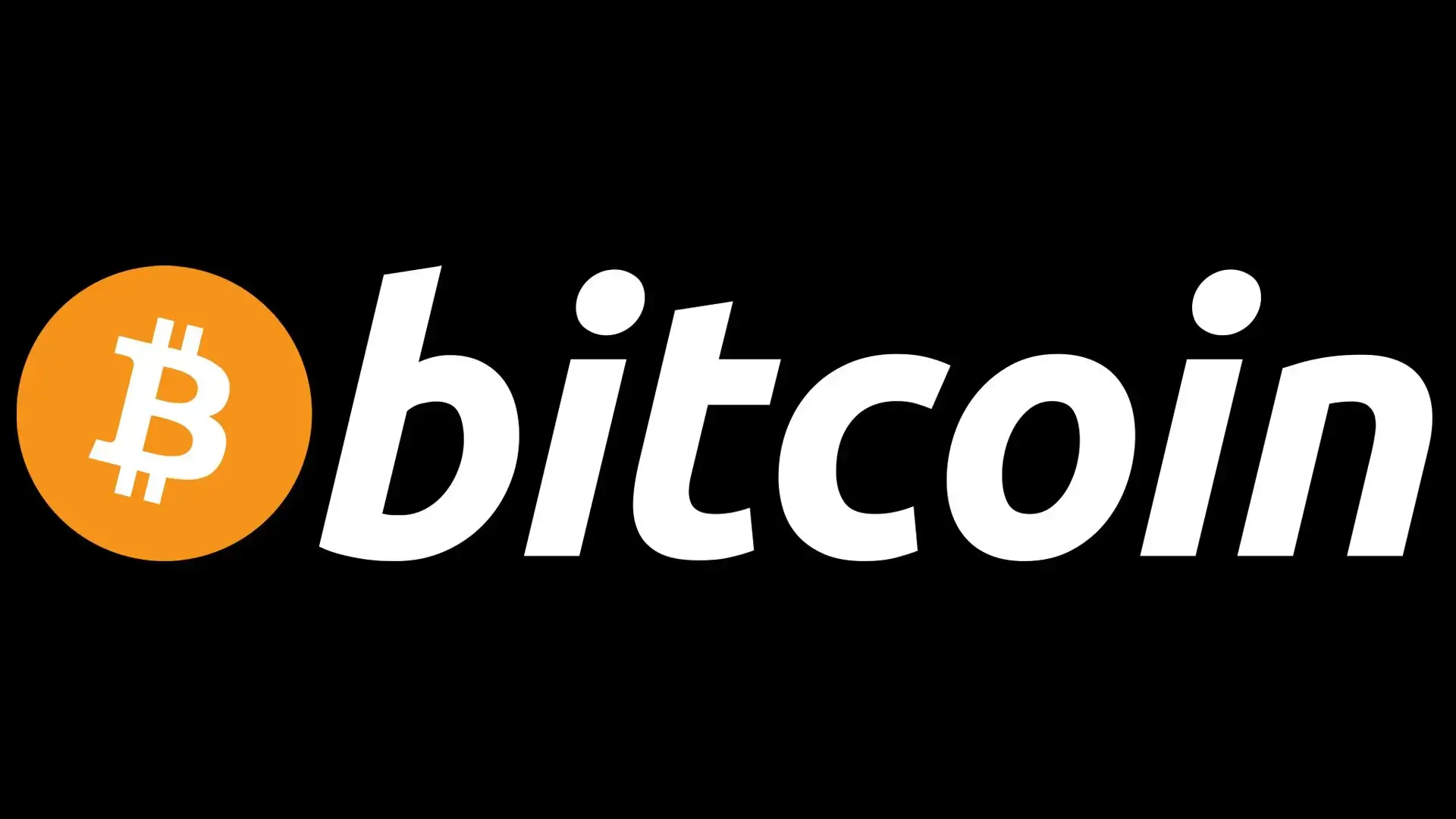The extended bear market throughout 2018 has placed a lot of financial stress on miners of bitcoin. Considering this, it is essential to look at bitcoin’s difficulty adjustment. This plays a vital role in the economics of the legendary cryptocurrency. The bitcoin difficulty adjustment is a major feature of Bitcoin itself. The following article aims to give you a basic explanation of this process.
Since October 2018 bitcoin’s mining difficulty had been dropping consistently. Then it has rebounded at the end of December. It currently remains near its low until the next adjustment happening soon in May 2019.
Okay, but What is the Bitcoin Mining Difficulty Target and What is the Adjustment?
Bitcoin’s difficulty target is a 256-bit number that adjusts itself every 2016 blocks. This is approximately taking two weeks, based on the time it took to mine the previous 2016 blocks. The difficulty algorithm attempts to produce a block at average every ten minutes. It is proportionately modified by bitcoin’s clients every two weeks. Which means if it was faster, the difficulty rises, it was slower, the difficulty drops.
Let’s explain it a bit more detailed. The difficulty drops only if the previous 2016 blocks took longer to find than two weeks, as I have mentioned. This is the time frame in which 2016 blocks should be allocated. And therefore the difficulty increases if it took less than two weeks to find the last 2016 blocks. That is how the adjustment happens. Miners attempt to “solve” the lottery-like procedure of mining by producing the SHA-256 hash in the actual block header which is lower than or could be equal to the difficulty target. The name of this value is a “nonce”. It is constantly incremented higher by miners until a block header with the corresponding hash value lower than or eventually equal to the target is found in that exact “lottery” round. It is as complicated as it is simple.
More Clarification…
Now, let me clarify something, a higher difficulty target basically means blocks are easier to produce. Therefore lower difficulty target means that they are harder to mine. As in all machinery and here it is the same. The difficulty starts at 1 but can never go below that value and bear in mind that upper bound is enormous and not relevant right now.
Let’s dive in a little bit more. Bitcoin’s difficulty adjustment correlates to the network’s hash rate power, as long as the hash rate increases, that leads to the difficulty increase. Notably, the difficulty adjustment algorithm has an off-by-one bug that leads to the calculation based off of the previous 2015 blocks, remember that it starts from 1 and can’t go below. Rather than precisely 2016. Furthermore, clients do not exactly determine the difficulty, because that could be manipulated otherwise. It is more of an accurate approximation of a floating average target.
Okay, all is good and estimating the next difficulty adjustment is possible. But extrapolation predictions to the longer term is not possible. Bitcoin’s hash rate nearly tripled, approximately 2.9 times more throughout 2018. And it really mirrors the market price movements of bitcoin closely!
If we take a look at Bitcoin’s whitepaper, Satoshi Nakamoto briefly describes the difficulty adjustment as follows:
To compensate for increasing hardware speed and varying interest in running nodes over time, the proof-of-work difficulty is determined by a moving average targeting an average number of blocks per hour. If they’re generated too fast, the difficulty increases
That’s why it is really vital to understand his description, as the consistent issuance of bitcoins at ten minutes – along with its economic impact – and also the incentive design within the mining ecosystem.
The Consequences of Bitcoin’s Difficulty Adjustment
Proof-of-Work (PoW) is a design which aims to have miners expend resources (hardware and electricity) to secure the network. In other words, miners are investing hardware and electricity to secure the network and for which their reward is receiving bitcoins directly.
The difficulty adjustment has the role of regulating the issuance of bitcoins into the ecosystem at a predetermined and fixed rate. When there is a rise of the Bitcoin price, this lures more miners to join the network and take advantage of the profit margins, which leads to an increase in the network’s hash power. Imagine if there were no difficulty adjustment and nothing to regulate how difficult it should be to mine blocks at an increased hash power. Which means then bitcoins would be issued at a continually faster pace than the predetermined ten minutes. That would lead to making Bitcoin susceptible to a rising stock-to-flow ratio that plagues inflationary fiat currencies and even scarce minerals like silver.
And There is More About Bitcoin’s Difficulty Adjustment…
It is really like gold. Let’s say the price of gold rises significantly, which will lead to miners wanting to mine more gold. That will increase the supply of gold and in turn will actually deflate its price. But this is not possible to happen with bitcoin. The reason is matter how much hash power the bitcoin network aggregates, this problem will never occur because the difficulty target adjustment will regulate the actual difficulty. No matter if more miners contribute to computing power to solve PoW.
Now, what makes Bitcoin unique is that no matter what the prices are the speed of issuance of bitcoins won’t change. Even the increase in hash power cannot lead to issuing more bitcoins than what is in the plan. What would do if more miners join the network is not producing more bitcoins, but making the network more secure as all of the miners should agree with any changes in the blockchain.
What Happens With the Price?
With the extended downturn in Bitcoin’s price for the last year, the profitability of mining has declined. Leading to more miners pausing or ending their operations. As such, the difficulty target increases. Making producing blocks easier and providing an incentive for miners to remain on the chain and continue mining to earn bitcoins with reduced competition. Miners that can operate at a loss have the advantage of mining bitcoins with a higher probability when other miners leave the market. If they believe in the long-term increasing value of Bitcoin, it creates a ripe opportunity to accrue more bitcoins.
As a smaller miner, you can’t afford to continue to mine in a loss. You can see this by the hash rate declining over the last several months. When the hash rate rebounds, things will change however for the miner.
Let’s analyze Nakamoto’s words “..varying interest in running nodes over time” because of it is a very essential point. If the difficulty adjustment did not exist, the increasing hash power of the network would lead to blocks being mined way faster than every ten minutes. That would lead to a rapidly increasing blockchain size.
A larger blockchain requires more storage capacity for regular full nodes, which confers a burden on users who run full clients, eventually forcing many of them to stop running nodes because their consumer laptop or desktop cannot adequately store the blockchain that is characteristic of full nodes. The long-term implications of the difficulty adjustment, as a result, are vital to the sustainable decentralization of Bitcoin.
The Concern With Bitcoin’s Difficulty Adjustment
Bitcoin’s difficulty adjustment is a key aspect of its design, but it is not perfect. The off-by-one bug is a well-known problem, and legitimate criticisms stemming from control theory point out that the impact of the moving target’s impreciseness can have adverse long-term consequences.
The off-by-one bug contributes to blocks arriving slower than intended even with a consistent hash rate. The result is that the difficulty adjustment does not respond to changes in the hash rate as accurately as it should — or promptly as it creates a delayed response – leading to scenarios where price movements are amplified in the direction of, particularly strong hash rate changes.
Conclusion
Bitcoin is still the King. There are several reasons that make it successful and novel technology. Not to mention its difficulty adjustment is for sure one of its most profound features. From fundamentally adhering to properties that produce sound money to retaining decentralization over time. Bitcoin’s difficulty adjustment is a component of the protocol that people often overlook. But it continues to have an enormous impact on the legacy cryptocurrency’s viability.
What are your thoughts about this clever solution? Leave your comments below!







